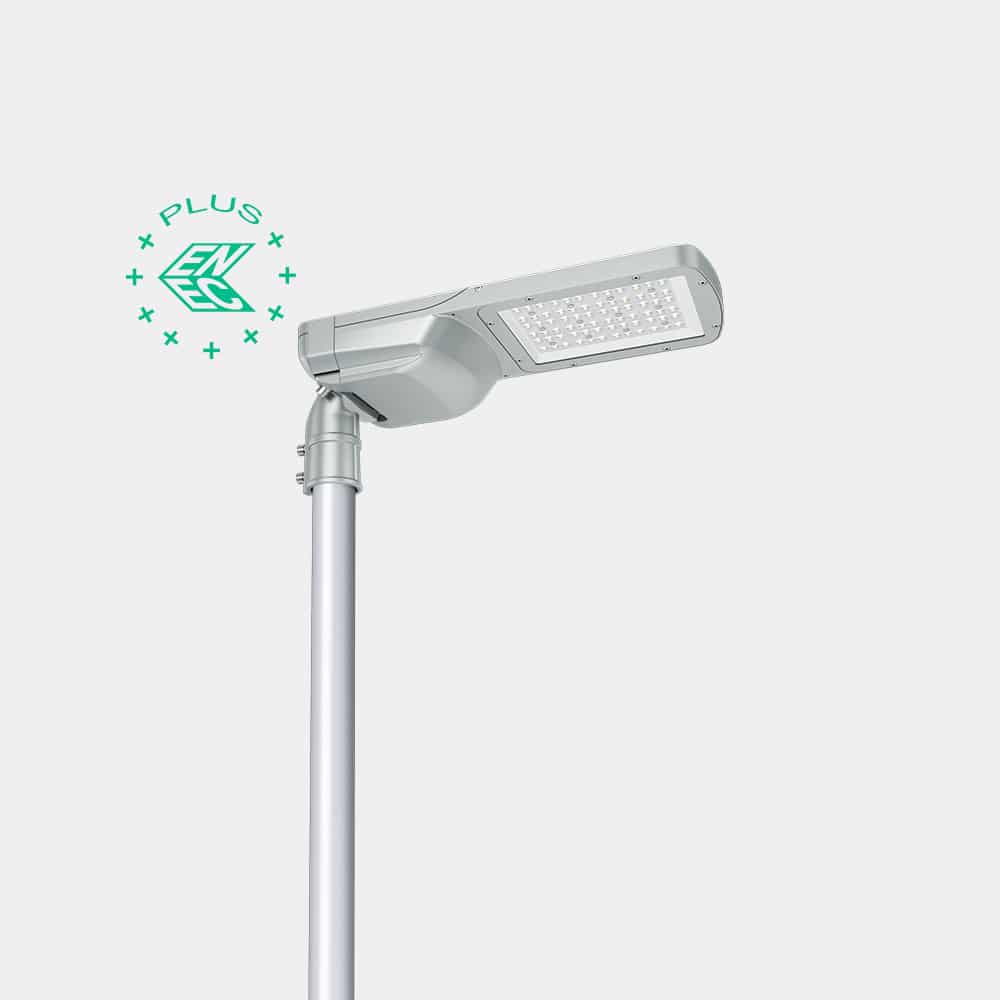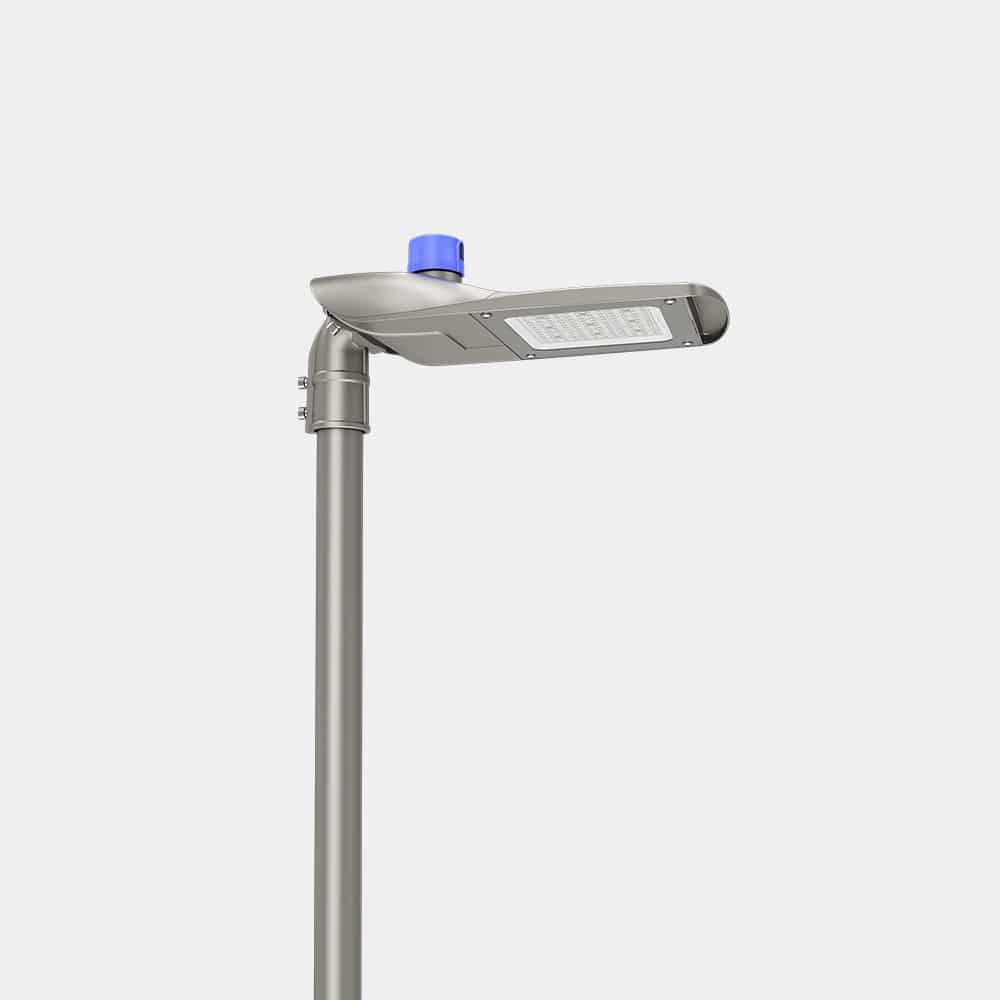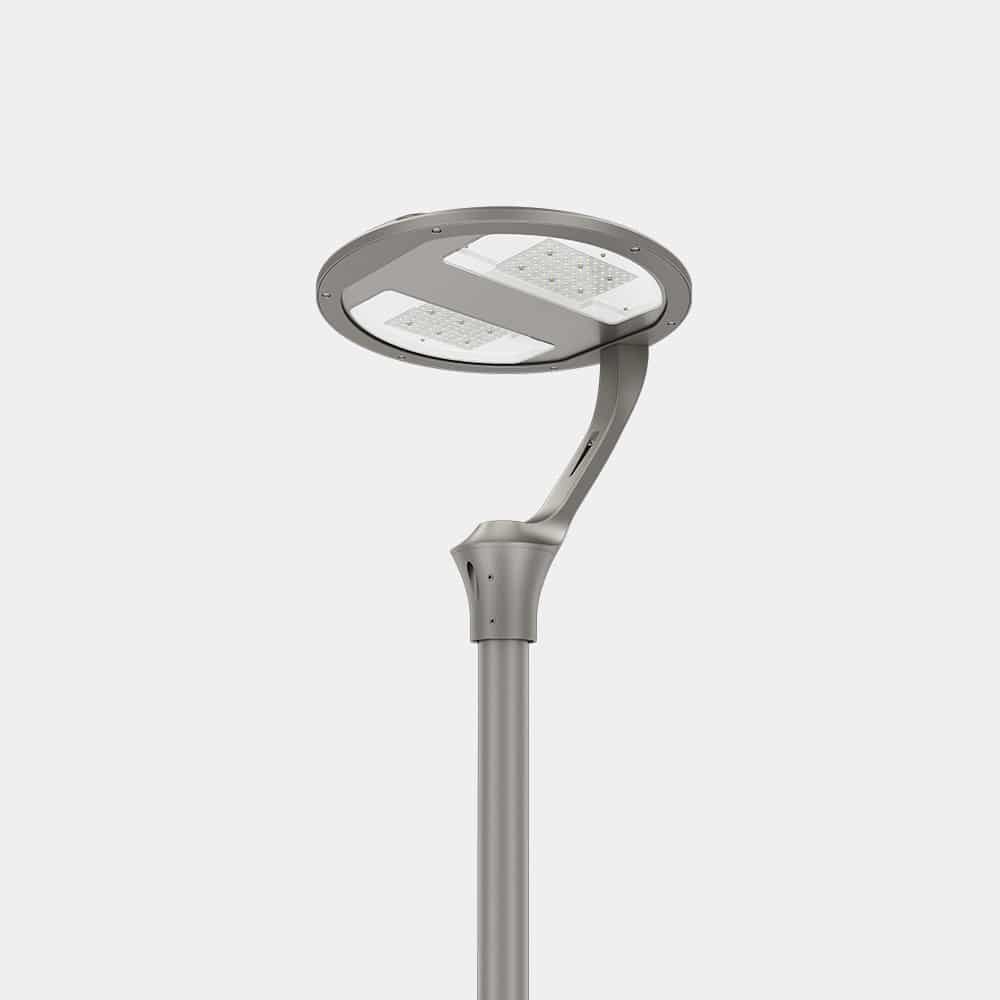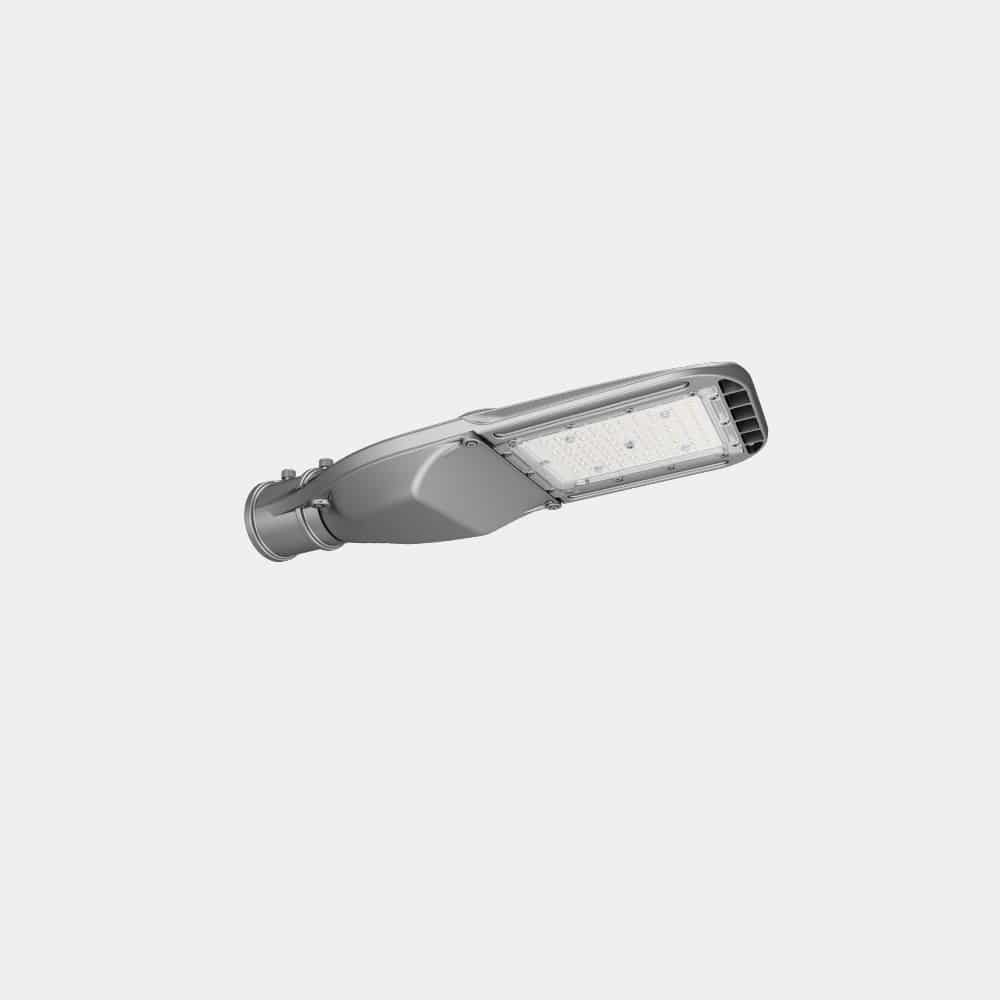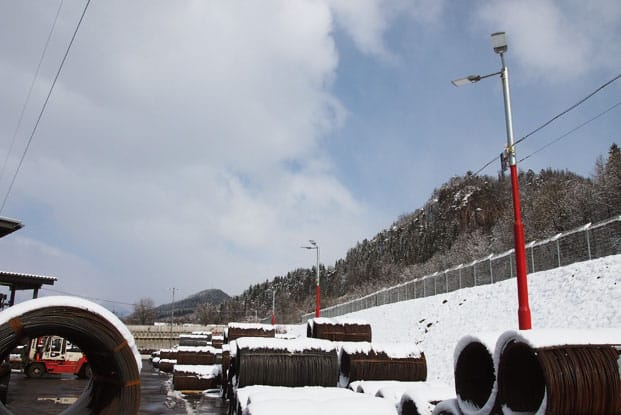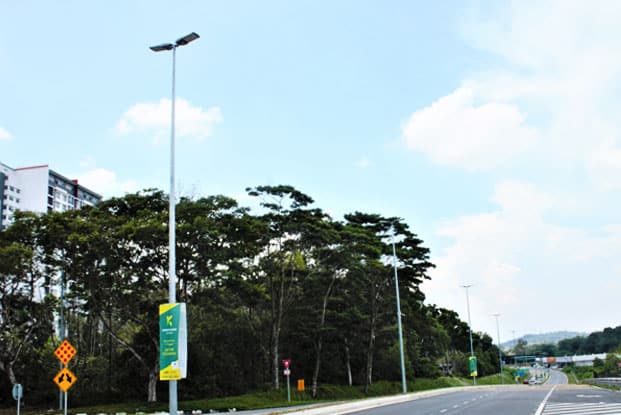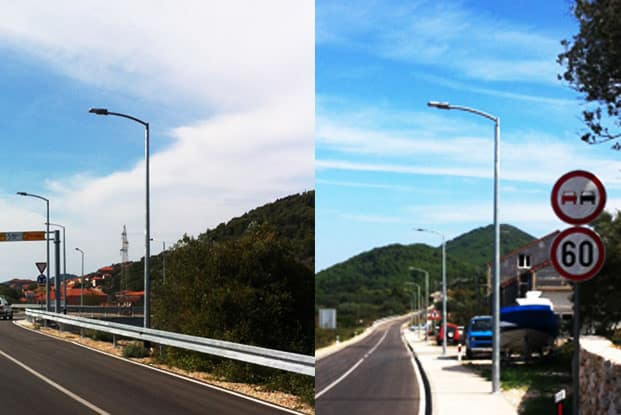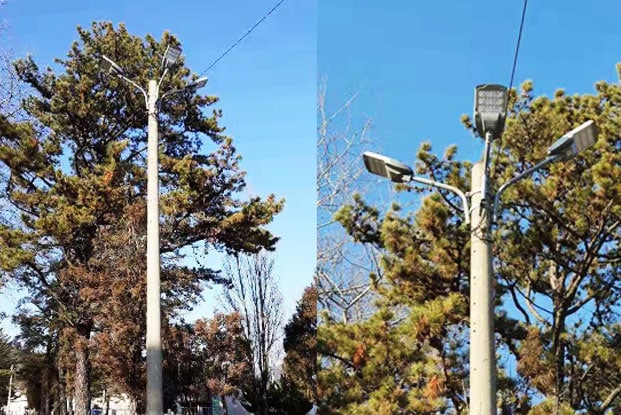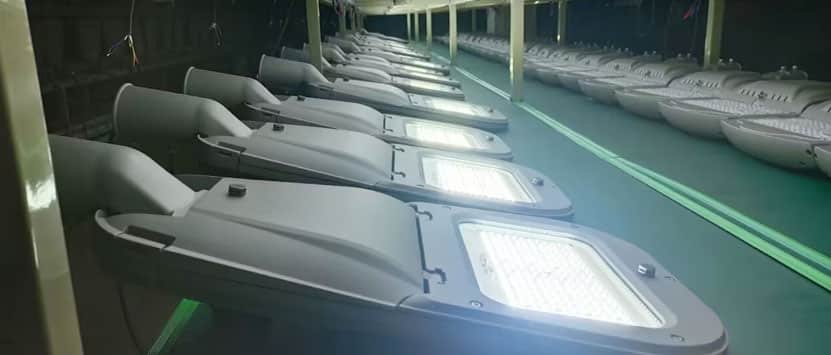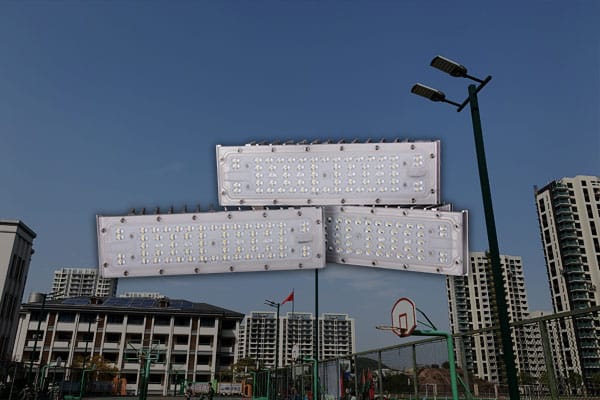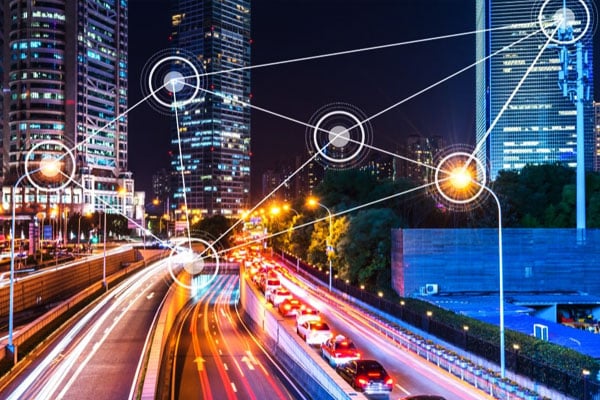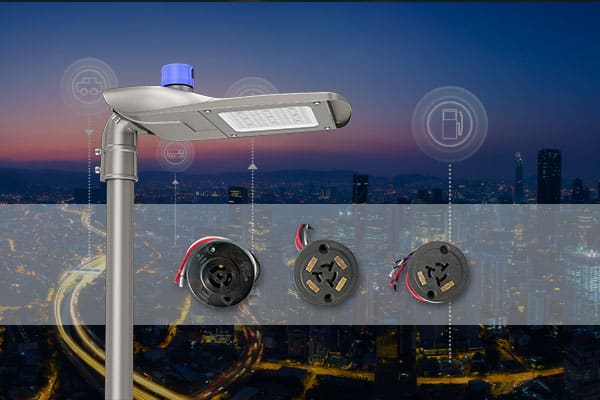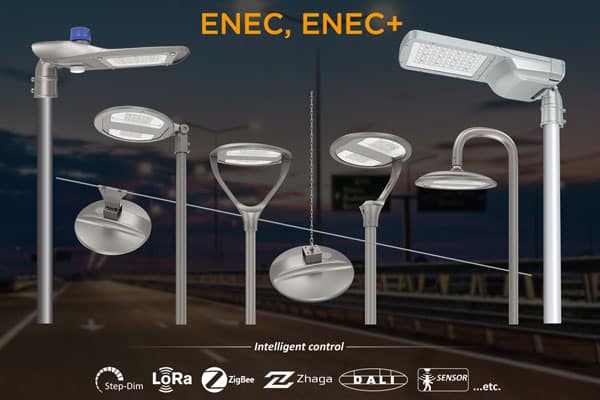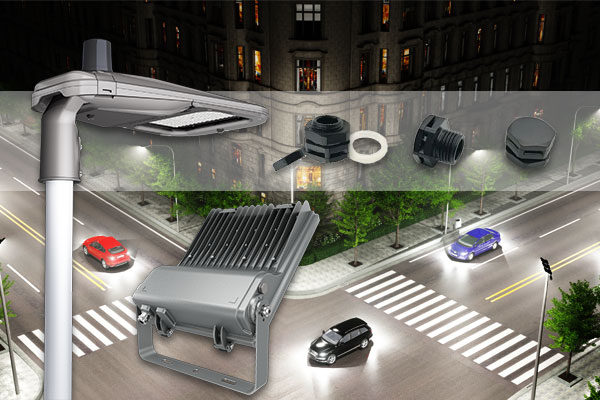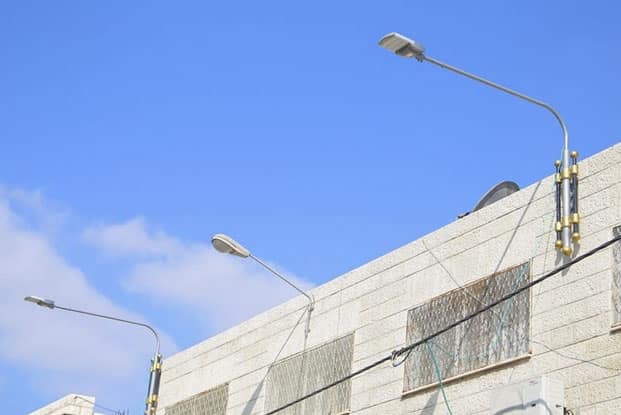
Street Lighting Design of Urban Road In Palestine
In order to facilitate both automotive and pedestrian traffic while also taking into account aesthetics and energy economy, ZGSM recommended a street lighting solution for this metropolitan route in Palestine. Our street lighting design is to mount the light poles on the walls of the buildings along the street, because the local roadways are so narrow. Meanwhile, the technicians suggested H-shaped 2M lenses, 120W streetlights based on the street lighting simulation.
Products Used
Video
Client Feedback In This Project
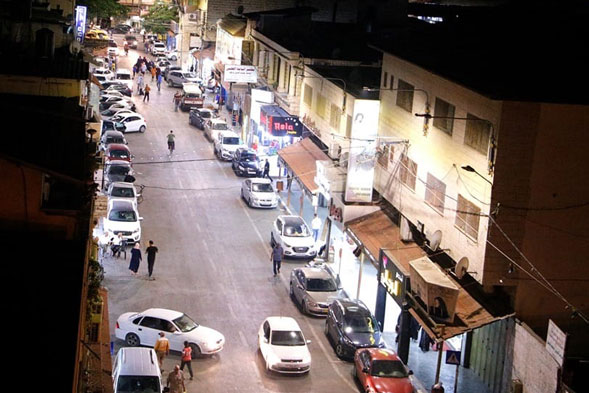
The Problem
Roads have almost no street lighting due to damaged light fixtures before replacement.
- There is insufficient lighting to allow safe passage of vehicles and pedestrians.
- The original light fixtures were energy inefficient, resulting in high electricity bills.
- Poor aesthetics result in ugly and unattractive street lighting.
The Solutions
We provide consumers with practical street lighting design solutions, including high-efficiency LED street lights and high-strength stainless steel booms. Our lighting designers suggested 42pcs 120W city street lights equipped with 2M lenses that can illuminate the road better and more evenly to ensure nighttime visibility for vehicles and pedestrians. The long arm can prevent too much light from being irradiated on the wall to reduce energy waste. This is based on the less backlight design (later we also have a corresponding lens with backlight shield design).
project Details
| Product | Quantity | CCT /Optics | Quantity |
| 120W city streetlight | ZGSM-LD120H4 | 4000K, 2M | 42pcs |
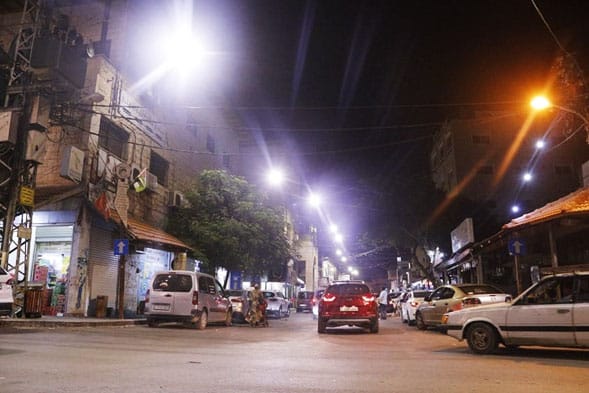
The Result
The customer implemented our street lighting design concept and installed new street lights effectively, illuminating the road at night and enhancing both pedestrian and vehicular safety. Customers will additionally benefit from decreased electricity costs and a longer lifespan as a result of the new streetlights‘ use of energy-efficient LED technology. High-wattage LED street lights can also meet the lighting needs of this conflict area.
ZGSM offers comprehensive lighting solutions
For various scenarios including street lighting, urban lighting, highway lighting, parking lot lighting, stadium lighting, sports lighting, factory lighting, warehouse lighting, gas station lighting, and tunnel lighting. Our solutions are designed to provide efficient and reliable illumination, enhancing safety and visibility in these environments.
Related Products
Frequently Asked Questions
We know you might have more questions, so here’s a list of the questions we get asked the most about led Street Lamp.
Related Projects
Related Blogs
Contact Us Right Now!
*Your privacy is respected, and all information is secure.




